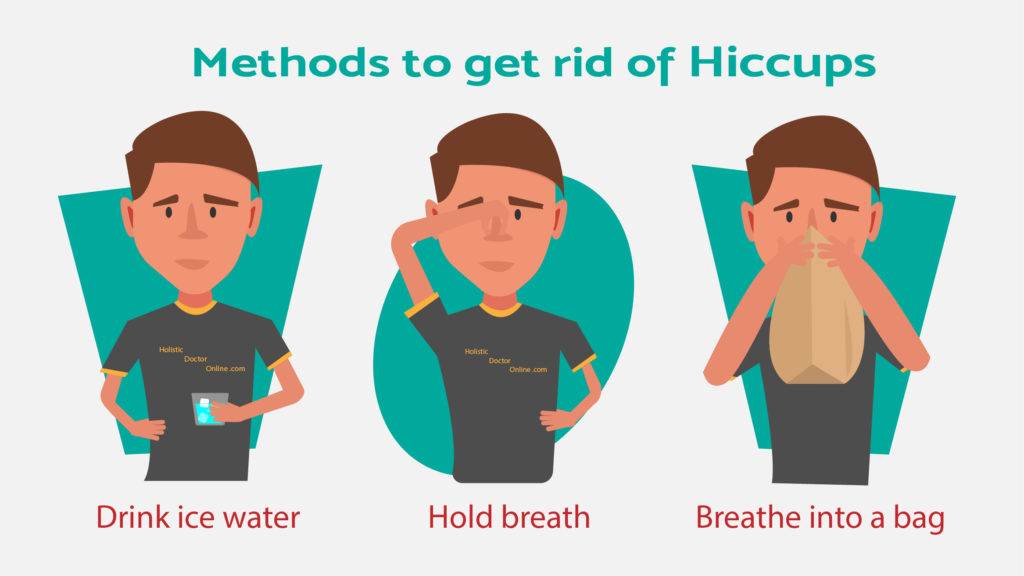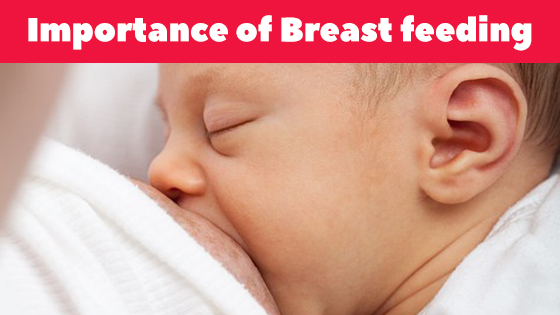Gallstones
What is gallstone?
Gallstones are small stone like structures develop abnormally from the sediments (deposits) of bile (digestive fluid) in the gallbladder.
Gallstones are otherwise called as Cholelithiasis.
Gallbladder is a small pouch (bag) like organ found below the liver where bile is stored.
Causes of gallstones
When more bile is secreted by the liver or when the emptying of bile from the gallbladder is poor, the bile gets concentrated and become gallstone.
The common causes may be genetic, obesity (sudden increase or drastic loss of weight), using birth control pills, hormone replacement therapy, cholesterol medications, diabetes, pregency and eating lots of fried and processed foods. Hemolytic anemia and infection can also cause gallstones.
Gallstones are usually found in Fat, Fair, Fertile, Female of Forty with Family history of gallstones.(rule of F)
Types of gallstones
Cholesterol Stones
They are white, yellow or green in color and few in number. They may form up to 3 cm in size.
They are common and 80% of its contents are cholesterol.
Bilirubin Stones
Bilirubin Stones are darker and smaller in size and numerous in numbers. They are made up of mainly bile pigments and calcium.
Mixed Stones
They are made up of cholesterol, bile pigments and calcium.
Symptoms and Signs of gallstones
Normally Gallstones are painless. But pain starts when the stone enters the bile ducts and produce obstruction of bile flow.
Pain is usually felt in the upper portion of abdomen on the right side.( Right hypochondriac region). Pain may be felt just below the breastbone (Epigastria). Pain may also be referred to the right shoulder. Pain may be associated with nausea and vomiting. Stones in common bile duct can produce obstructive jaundice.
Murphy’s sign: When deep palpation is done just below liver (right upper abdomen below rib cage) and the patient in deep inspiration, the patient may feel severe tenderness. Pain is produced when the inflamed gallbladder come in contact with the hand.
Tests (investigations) done
As most of the gallstones are symptomless, they are diagnosed while doing investigations for other diseases.
X-ray chest
some gallstones are not visible on X-rays. Only radio-opaque stones are seen through x-rays.
Ultrasonogram (USG)
This is cheaper and noninvasive and investigation of choice for gallstones.
MRI (Magnetic Resonance Imaging)
MRI gives clear detailed images of the gallbladder, bile ducts and liver. It gives images of gallstones and dilatation of bile ducts.
MRCP (Magnetic Resonance Cholangiopancreatography)
Can visualize the biliary tree and gallstones.
ERCP (Endoscopic Retrograde Cholangiopancreatoscopy)
Here a flexible (Fibro optic ) endoscope is passed through the mouth, oesophagus and stomach to reach the duodenum. A dye is injected into the bile duct and scanning done and images are taken to visualize gallstones and biliary tree. Stones can be removed through ERCP.
PTC (Percutaneous Transhepatic Cholangiography)
Through a small incision in the skin of right upper abdomen and contrast material is passed into the biliary tree and images taken. Gallstones can be removed using PTC.
Blood Investigations
Blood tests like Liver function tests(LFT) and Pancreatic Amylase are done to rule out liver and pancreatic damage. Routine Blood tests are done to rule out other associated diseases.
Treatment for Gallstones
Most gallstones are painless, but when the pain is severe treatment is necessary.
Pain Killers: When the pain is severe, painkillers like antispasmodics, NSAIDS ( non-steroidal anti-inflammatory drugs) or opiates can be given.
Antibiotics are given to prevent cholecystitis.
Cholecystectomy (surgical removal of gallstones and gallbladder) is the treatment of choice. This can be done through open surgery or through Laparoscope.
ERCP or PTC: Gallstones can also be removed through ERCP or PTC.
Lithotripsy: Here ultrasound shock waves are used to break gallstones into small fragments, which can be drained through bile duct into small intestine.
Medical Treatment: When the patient has severe comorbid diseases, medical treatment to dissolve gallstones were given.
Ursodeoxycholic acid can be given for a long period to dissolve cholesterol gallstones.





